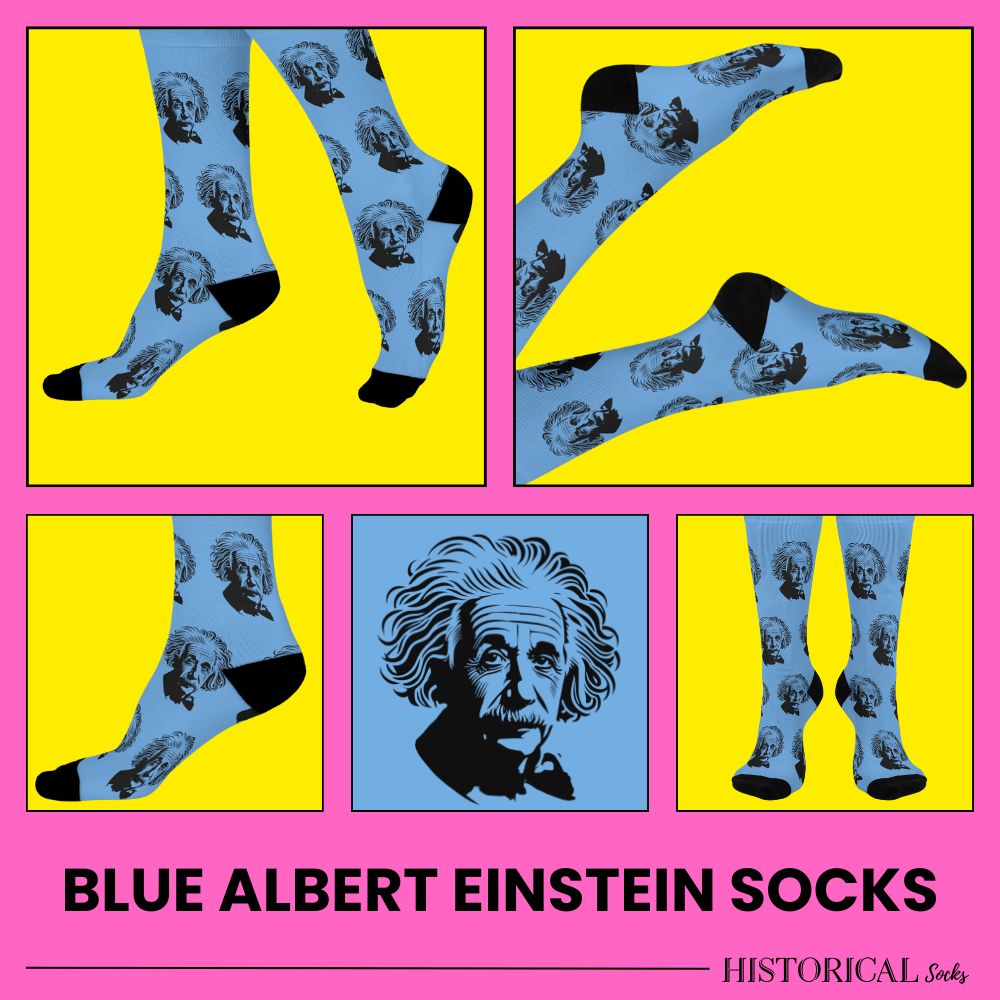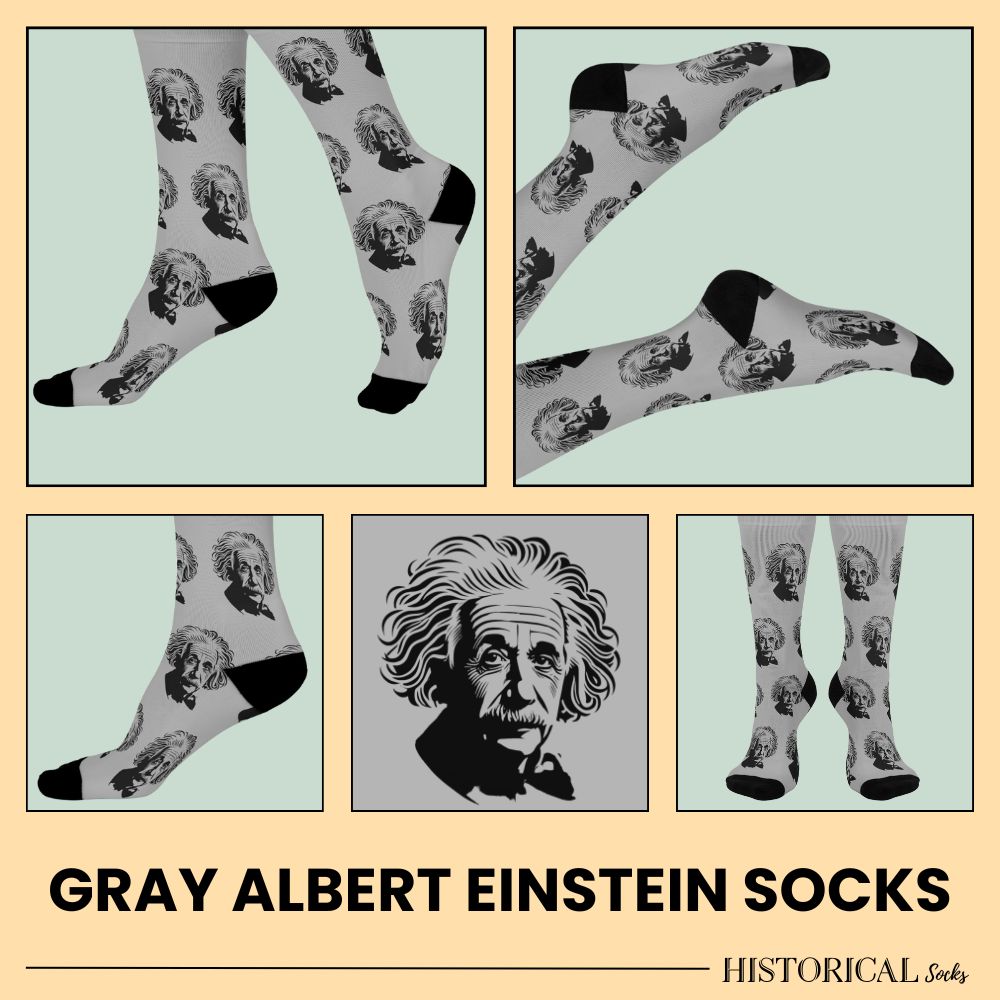Albert Einstein Socks – Genius Style for Thinkers & Innovators

Albert Einstein (1879-1955) was a theoretical physicist whose groundbreaking work reshaped our understanding of the universe. Best known for his theory of relativity (E = mc²), Einstein’s discoveries paved the way for modern physics, from space travel to quantum mechanics. Beyond science, he was a thinker, humanitarian, and cultural icon, symbolizing intelligence and curiosity. His legacy continues to inspire scientists, students, and deep thinkers worldwide.
“Imagination is more important than knowledge”
-

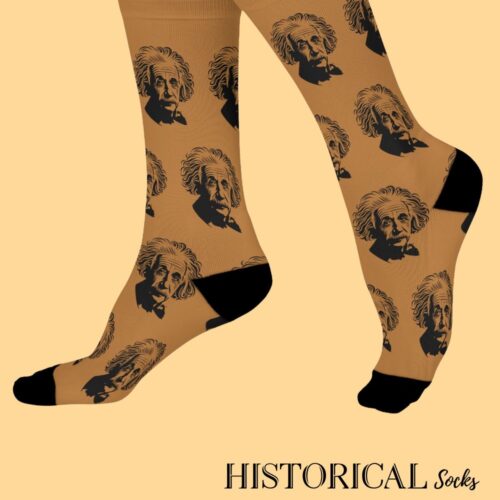
Albert Einstein Socks Brown
$15.21Select options This product has multiple variants. The options may be chosen on the product pageAdd to WishlistAdd to Wishlist -
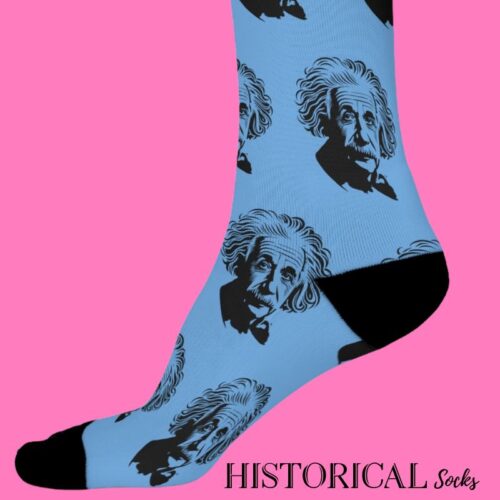
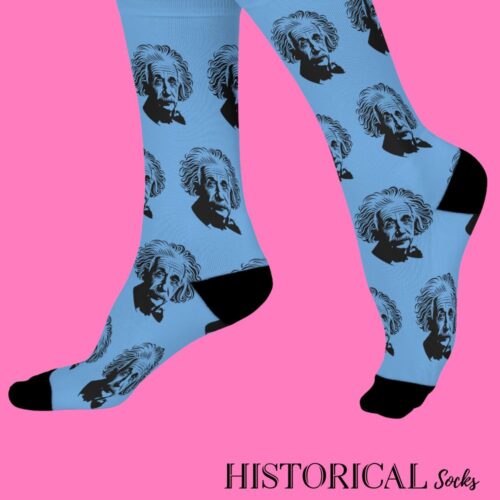
Albert Einstein Socks Blue
$15.21Select options This product has multiple variants. The options may be chosen on the product pageAdd to WishlistAdd to Wishlist -
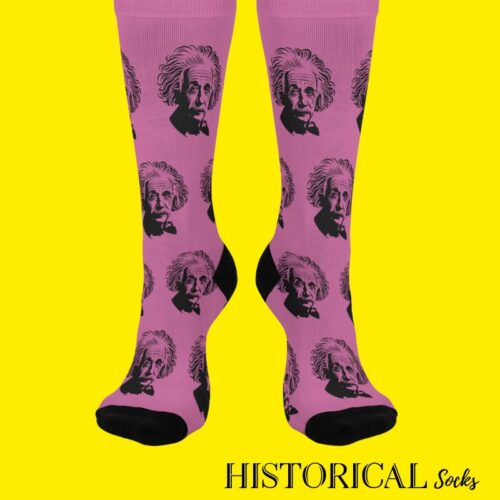
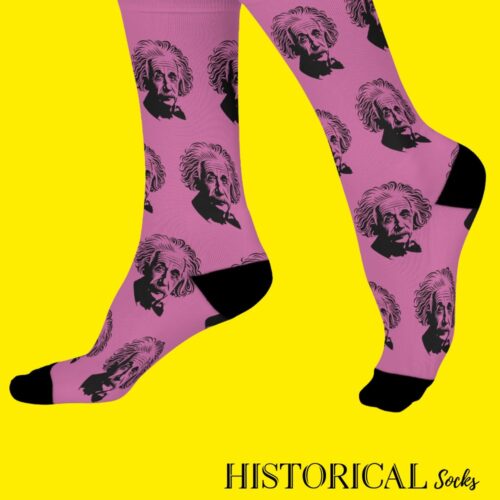
Albert Einstein Socks Pink
$15.21Select options This product has multiple variants. The options may be chosen on the product pageAdd to WishlistAdd to Wishlist -


Albert Einstein Socks Gray
$15.21Select options This product has multiple variants. The options may be chosen on the product pageAdd to WishlistAdd to Wishlist
Why Buy Albert Einstein Socks?
Perfect for Science Enthusiasts – Celebrate one of history’s greatest minds.
A Smart Fashion Choice – Add a touch of intellect to your everyday style.
Great Conversation Starter – Einstein’s legacy sparks curiosity and admiration.
Comfort Meets Genius – High-quality, comfortable socks designed for thinkers and innovators.
What Our Customers Are Saying About Historical Socks
Our socks are loved by our customers. Here are a few quotes from verified buyers on our Etsy store.


Albert Einstein Gift Ideas – The Perfect Pick for Bright Minds
Looking for a unique gift for a science lover, student, or deep thinker? These Albert Einstein socks are a fun yet meaningful way to honor a true genius.
Physics & Science Enthusiasts – Those who admire Einstein’s revolutionary theories.
Students & Professors – A perfect gift for those who love learning and teaching.
Inventors & Creators – For those who think outside the box.
Anyone Who Appreciates Intelligence & Wit – A great choice for free thinkers.
Who Was Albert Einstein? A Legacy of Innovation & Curiosity
Albert Einstein was born in 1879 in the German Empire and showed an early aptitude for mathematics and physics. As a child, he was curious about the natural world, often questioning how things worked beyond what was taught in school. A common myth is that he struggled academically. Einstein excelled in subjects that interested him, particularly math and science. His relentless and independent thinking would later lead to groundbreaking discoveries. These discoveries would later transform our understanding of the universe.
In 1905, often referred to as his “miracle year,” Einstein published four revolutionary papers. These papers would reshape modern physics. Among them was his theory of special relativity, introducing the world to the famous equation E = mc². It demonstrated the relationship between energy and mass. A decade later, in 1915, he expanded on this work with his general theory of relativity, redefining our understanding of gravity by showing that massive objects bend space and time around them. In 1919, his ideas were confirmed through astronomical observations. This made him one of the most famous scientists in the world.
In 1921, Einstein was awarded the Nobel Prize in Physics. He won it not for relativity, but for his work on the photoelectric effect. His work became a cornerstone of quantum mechanics. This discovery demonstrated how light could behave as both a particle and a wave. This laid the foundation for future developments in quantum physics and modern technology, including solar panels and semiconductors.
Einstein was more than a physicist—he was a passionate advocate for peace, human rights, and education. A vocal critic of nationalism and war, he spoke out against militarism in Europe. He had to flee Nazi Germany in 1933 due to his Jewish heritage. He relocated to the United States and took a position at the Institute for Advanced Study in Princeton. There, he continued his work in theoretical physics. He played no direct role in the development of the atomic bomb. However, his famous letter to President Franklin D. Roosevelt in 1939 (co-signed with physicist Leó Szilárd) warned that Nazi Germany could develop nuclear weapons. This led to the establishment of the Manhattan Project.
Einstein remained a strong proponent of global cooperation, advocating for disarmament, civil rights, and scientific progress. His iconic status went beyond science with his wild hair, playful personality, and deep philosophical reflections. This made him a cultural icon of intelligence and creativity. He continued to work on unifying physics through a “theory of everything” until his passing in 1955.
Today, Einstein’s legacy endures in physics, technology, and popular culture. His theories remain fundamental to modern science, influencing everything from GPS technology to space exploration. Einstein continues to inspire scientists, students, and dreamers worldwide.
-

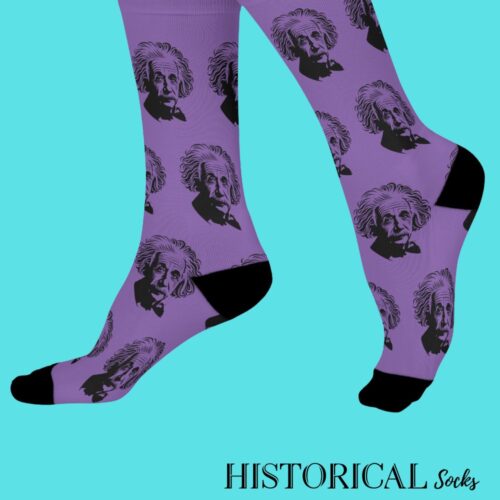
Albert Einstein Socks Purple
$15.21Select options This product has multiple variants. The options may be chosen on the product pageAdd to WishlistAdd to Wishlist -


Albert Einstein Socks Brown
$15.21Select options This product has multiple variants. The options may be chosen on the product pageAdd to WishlistAdd to Wishlist -


Albert Einstein Socks Blue
$15.21Select options This product has multiple variants. The options may be chosen on the product pageAdd to WishlistAdd to Wishlist -


Albert Einstein Socks Pink
$15.21Select options This product has multiple variants. The options may be chosen on the product pageAdd to WishlistAdd to Wishlist -


Albert Einstein Socks Gray
$15.21Select options This product has multiple variants. The options may be chosen on the product pageAdd to WishlistAdd to Wishlist
Albert Einsteinstein– FAQ
Einstein is best known for his theory of relativity (E = mc²), which transformed physics by explaining how time and space interact with gravity. His work paved the way for modern physics, quantum mechanics, and cosmology.
Einstein made several groundbreaking discoveries, including:
- Theory of Relativity – Explaining the relationship between time, space, and gravity.
- Photoelectric Effect – Proving how light interacts with electrons, leading to quantum mechanics.
- Brownian Motion – Confirming the existence of atoms by explaining their movement in liquids.
Yes, Einstein won the 1921 Nobel Prize in Physics for his discovery of the photoelectric effect, a key breakthrough in quantum physics.
Einstein’s IQ is estimated to have been between 160 and 190, placing him among history’s greatest thinkers. However, his real genius was in his ability to visualize complex scientific concepts in entirely new ways.
One of Einstein’s most famous quotes is:
“Imagination is more important than knowledge.”
He believed that creativity and curiosity were the keys to discovery.
Contrary to the myth that Einstein struggled in school, he was actually an excellent student, particularly in math and physics. However, he disliked rigid schooling methods and often preferred self-directed learning.
Einstein passed away at the age of 76 on April 18, 1955.
Einstein suffered from an aortic aneurysm, which ultimately caused his death. He also experienced digestive issues and heart problems in his later years but remained mentally sharp until the end.
Einstein himself did not develop the atomic bomb, but his E = mc² equation provided the foundation for nuclear energy. He also co-signed a letter to President Franklin D. Roosevelt, warning about Nazi Germany’s potential nuclear capabilities, which led to the Manhattan Project.
After his death in 1955, Einstein’s brain was removed for scientific study. Researchers have analyzed its unique structure in an effort to understand the neurological basis of intelligence and creativity.
His theories continue to shape modern physics, from space exploration to GPS technology. Einstein’s philosophy on curiosity, creativity, and perseverance also remains relevant in education, scientific progress, and innovation.
Einstein described himself as agnostic or spiritual but not religious. He admired the mysteries of the universe but did not follow traditional religious beliefs. He once stated:
"I believe in Spinoza's God who reveals himself in the orderly harmony of what exists, not in a God who concerns himself with fates and actions of human beings."
Einstein was cremated, and his ashes were scattered in an undisclosed location. However, his brain was preserved for scientific research.
Einstein was born in Germany, worked in Switzerland, and later moved to the United States in 1933 after fleeing Nazi Germany. He spent his final years in Princeton, New Jersey.
More Scientist & Inventor Socks – Celebrate the Brightest Minds
Looking for more socks inspired by legendary thinkers? Explore our Scientist & Inventor Socks Collection, featuring icons who shaped history with their ideas. Step into inspiration and wear the minds that changed the world. Explore the full collection below!
-
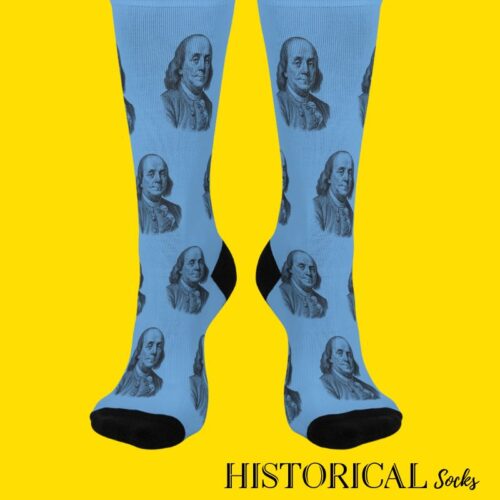
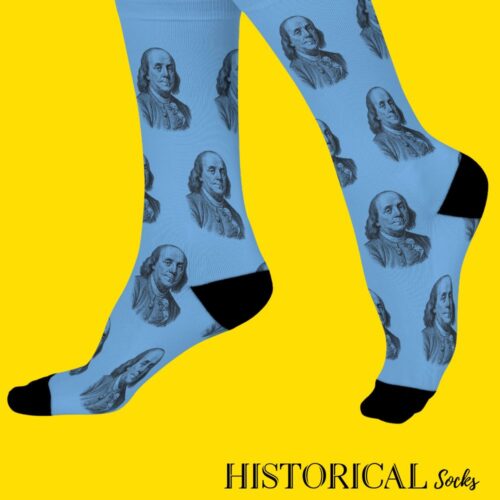
Benjamin Franklin Socks Blue
$15.21Select options This product has multiple variants. The options may be chosen on the product pageAdd to WishlistAdd to Wishlist -
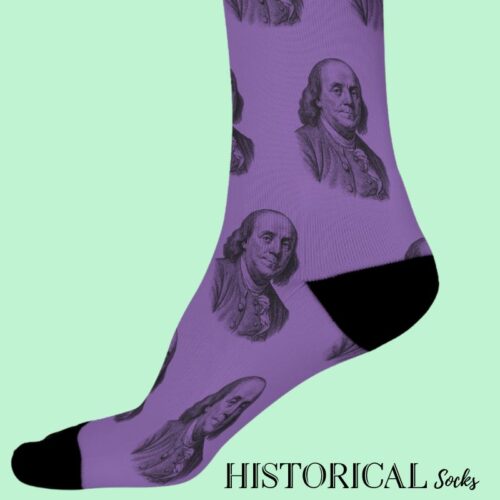
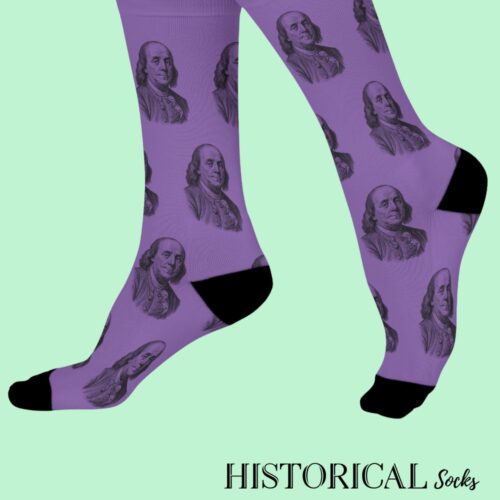
Benjamin Franklin Socks Purple
$15.21Select options This product has multiple variants. The options may be chosen on the product pageAdd to WishlistAdd to Wishlist -
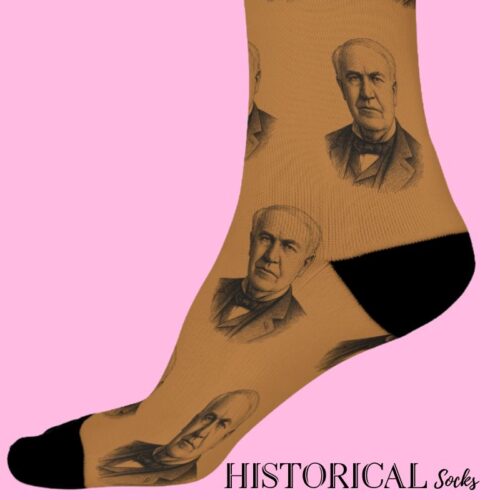
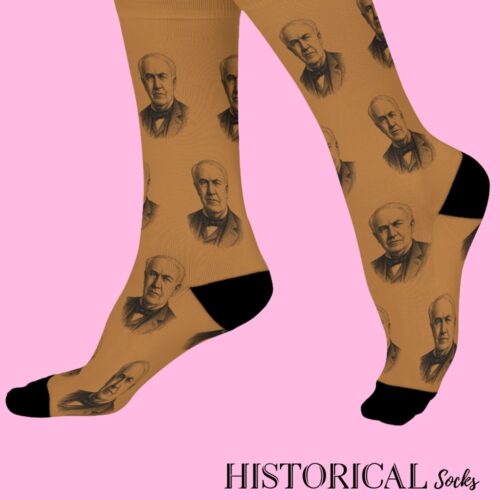
Thomas Edison Socks Brown
$15.21Select options This product has multiple variants. The options may be chosen on the product pageAdd to WishlistAdd to Wishlist -


Albert Einstein Socks Purple
$15.21Select options This product has multiple variants. The options may be chosen on the product pageAdd to WishlistAdd to Wishlist -


Albert Einstein Socks Brown
$15.21Select options This product has multiple variants. The options may be chosen on the product pageAdd to WishlistAdd to Wishlist -


Albert Einstein Socks Blue
$15.21Select options This product has multiple variants. The options may be chosen on the product pageAdd to WishlistAdd to Wishlist -


Albert Einstein Socks Pink
$15.21Select options This product has multiple variants. The options may be chosen on the product pageAdd to WishlistAdd to Wishlist -


Albert Einstein Socks Gray
$15.21Select options This product has multiple variants. The options may be chosen on the product pageAdd to WishlistAdd to Wishlist -
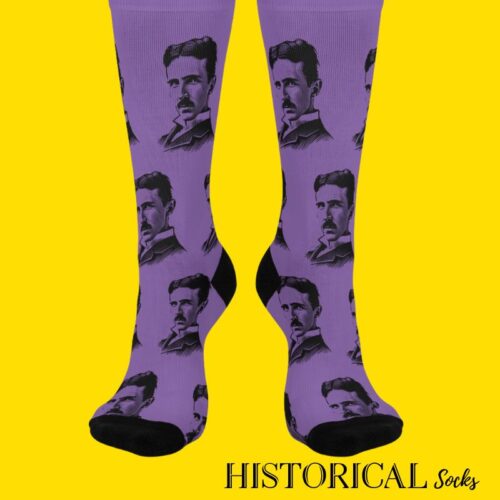
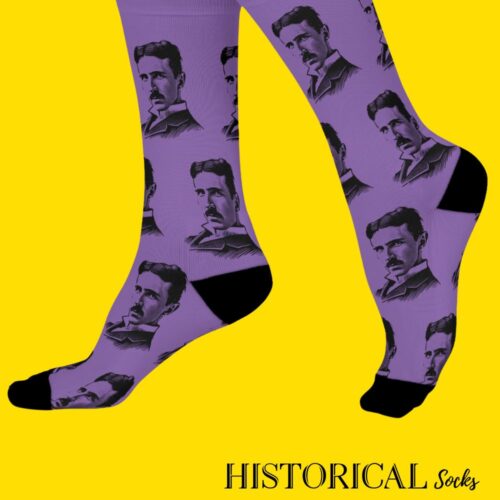
Nikola Tesla Socks Purple
$15.21Select options This product has multiple variants. The options may be chosen on the product pageAdd to WishlistAdd to Wishlist -
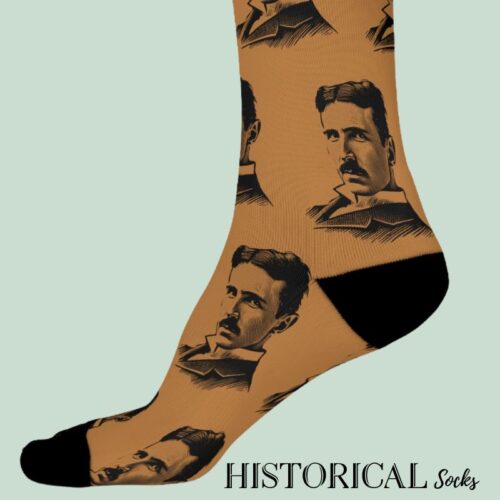
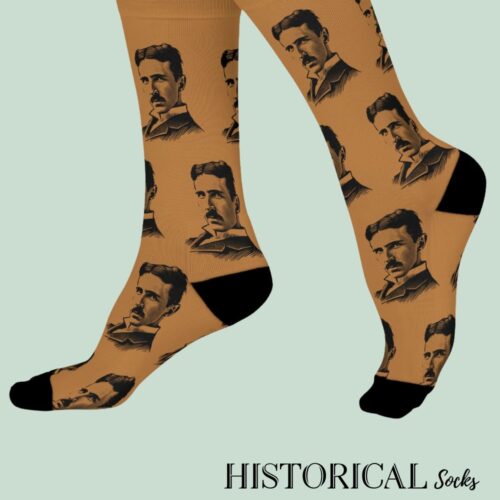
Nikola Tesla Socks Brown
$15.21Select options This product has multiple variants. The options may be chosen on the product pageAdd to WishlistAdd to Wishlist -
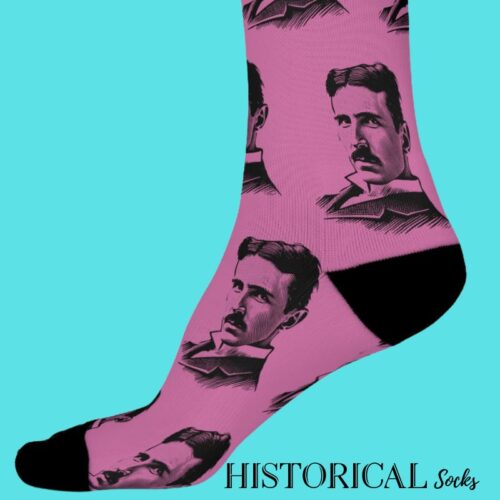
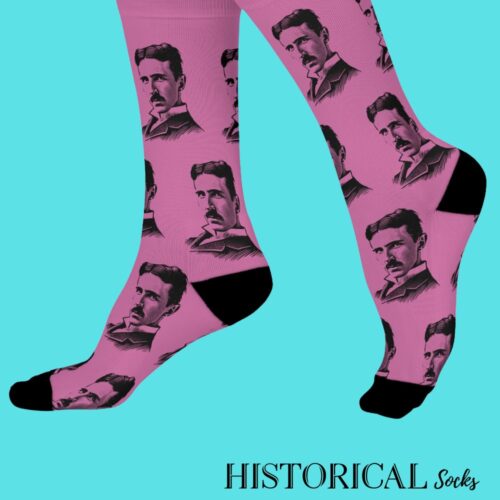
Nikola Tesla Socks Pink
$15.21Select options This product has multiple variants. The options may be chosen on the product pageAdd to WishlistAdd to Wishlist -
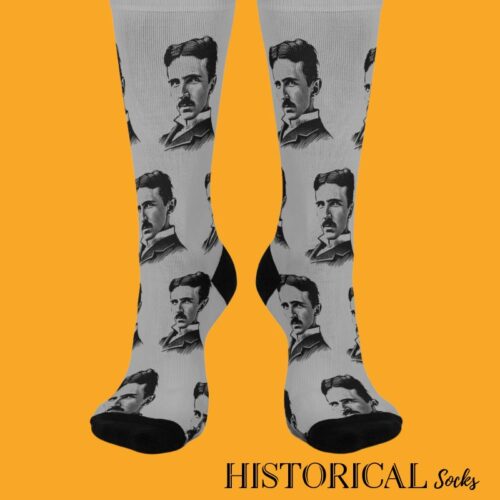
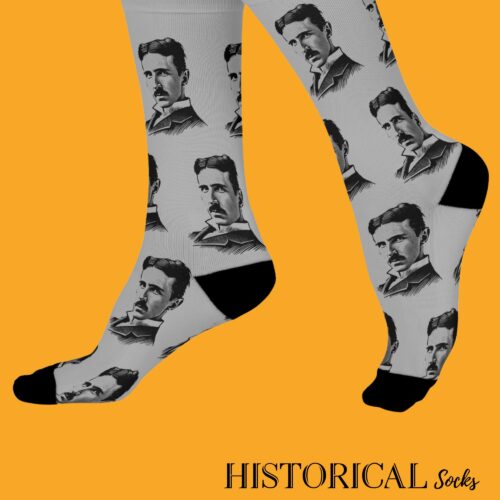
Nikola Tesla Socks Gray
$15.21Select options This product has multiple variants. The options may be chosen on the product pageAdd to WishlistAdd to Wishlist -
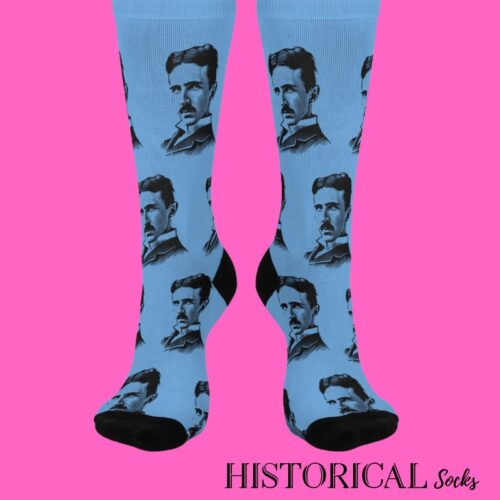
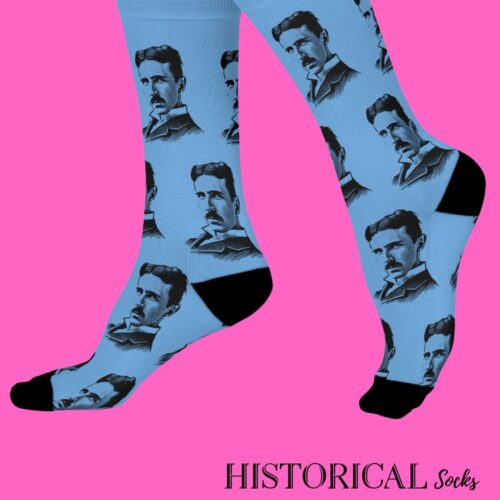
Nikola Tesla Socks Blue
$15.21Select options This product has multiple variants. The options may be chosen on the product pageAdd to WishlistAdd to Wishlist

